
Tag Archives Truth and Reconciliation

Leaving a place setting: Indigenous food sovereignty and agriculture
We must be ready to approach disagreement productively if Indigenous-agriculture partnerships are to really move toward reconciliation

TRUTH AND RECONCILIATION: Did someone steal my land?
A Mennonite’s journey to square history, reconciliation and cultural snobbery
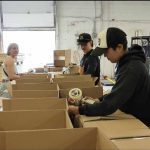
TRUTH AND RECONCILIATION: Indigenous ag projects boosted
Provincial and federal governments investing $1.52 million into Indigenous-led agriculture projects totackle food insecurity.
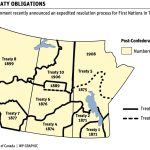
TRUTH AND RECONCILLIATION: Expedited ag claims compensate First Nations
Canada’s treaties promised First Nations a way to participate in agriculture, but those commitments were rarely met

Putting reconciliation in action with Indigenous-ag partnerships
Communication, listening and taking that first daunting step called key to economic reconciliation
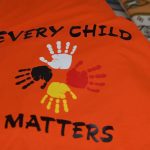
Editor’s note: Truth and reconciliation is more than a day or slogan

Every child matters
A corn maze commemorating the lost children is a place to reflect and remember

Reconciling the painful past creates hope for a more promising future
The File Hills Colony near Balcarres, Sask. epitomized everything that was wrong about colonial attitudes towards Indigenous peoples. But new models for Indigenous agriculture are emerging
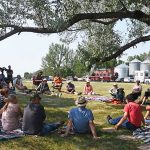
Sharing the countryside
Finding a new way of living together is key to the future of rural Canada
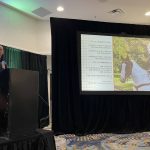
Solving the reconciliation equation in agriculture
Reconciliation means leaving space for Indigenous opportunity in agriculture and agri-food, speaker says


